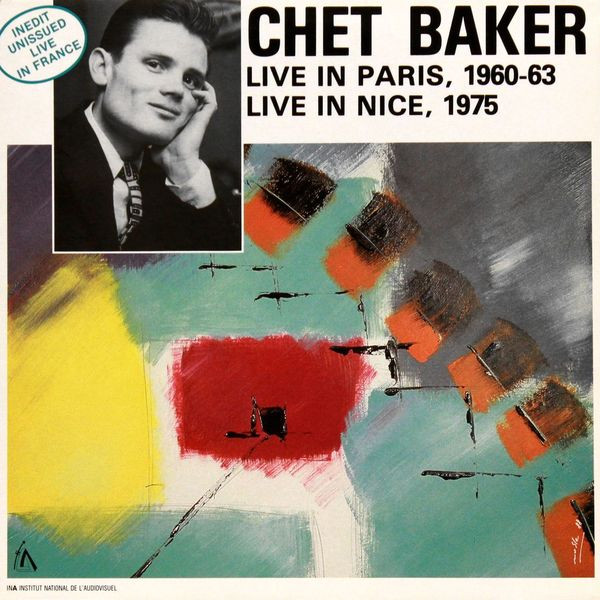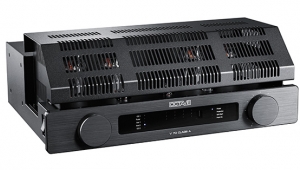| Columns Retired Columns & Blogs |
If the distortion/noise/jitter were better (not saying it’s for sure audible), this would be an excellent product. I’d say 8/10 as-is.
I’ve seen a few of these at the Florida Audio Expo, this model powering the MoFi SourcePoint 10s, really nice to have a nice display and HDMI out.











































